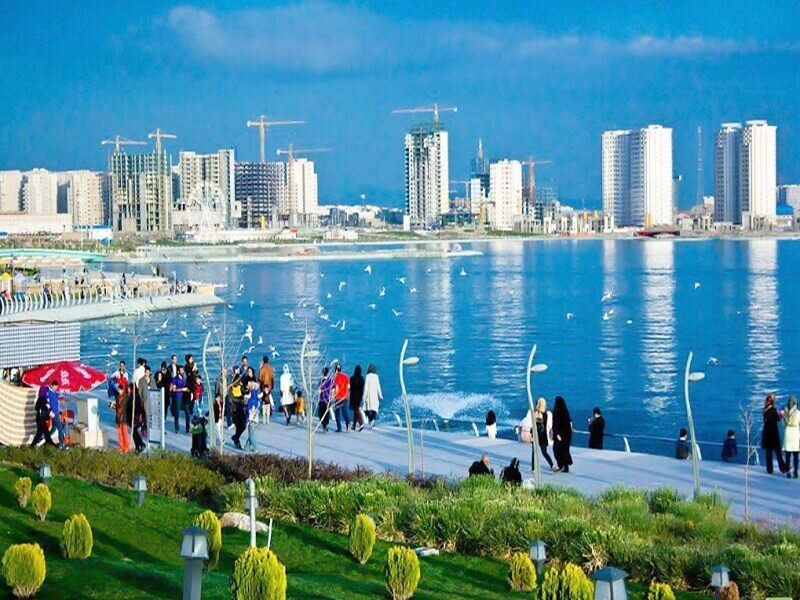Tehran artificial lake can be turned major tourist hub

TEHRAN – Lake Chitgar, an artificial and recreational body of water in northwestern Tehran, has considerable potential to become a major tourist attraction, a member of the City Council has announced.
“It is imperative that citizens recognize the lake as a tourism hub of the capital, and this can only be achieved by city administrations making the complex a place for leisure with peace of mind,” Seyyed Ahmad Alavi said on Saturday.
The lake is one of the many valuable assets of Tehran that should be protected and passed down to the next generations, the official added.
He also noted that by maximizing existing capacities, Tehran can be recognized as the country’s cultural capital in addition to being its political capital.
Also known as the Lake of the Martyrs of the Persian Gulf, the complex covers a total of around 250 hectares, 130 hectares for the lake, and 120 hectares for its coastline and resorts.
Within the first master plan of Tehran’s development, the construction of a lake in western Tehran was planned in 1968. For many years, however, the construction of the lake was dormant due to technical and budgetary constraints.
Between 2003 and 2010, several detailed studies were carried out, and some aspects of the plan were examined. Construction of the lake area finally began in September 2010.
Hugging the lower slopes of the magnificent, snowcapped Alborz Mountains, Tehran is much more than a chaotic jumble of concrete and crazy traffic blanketed by a miasma of air pollution. This is the nation's dynamic beating heart and the place to get a handle on modern Iran and what its future will likely be.
The metropolis has many to offer its visitors including Golestan Palace, Grand Bazaar, Treasury of National Jewels, National Museum of Iran, Glass & Ceramic Museum, Masoudieh Palace, Sarkis Cathedral, Tehran Museum of Contemporary Art, Carpet Museum of Iran, to name a few.
The first time Tehran is mentioned in historical accounts is in an 11th-century chronicle in which it is described as a small village north of Ray. It became the capital city of the Seljuk Empire in the 11th century but later declined with factional strife between different neighborhoods and the Mongol invasion of 1220.
ABU/AFM
